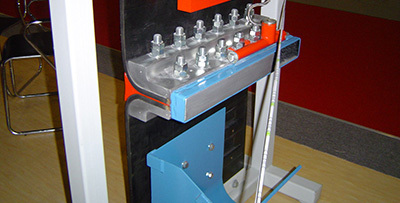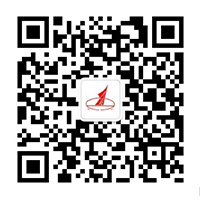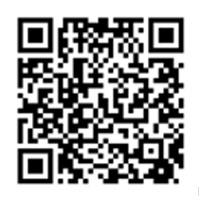Conveyor belts, also called conveyor belts, are rubber, fiber, metal composite products, or plastic and fabric composite products used in belt conveyors to carry and transport materials. Belt conveyors are widely used in agriculture, industrial and mining enterprises and transportation industries to transport various solid block and powder materials or finished articles. They can be transported continuously, efficiently, and at a large inclination angle. They are safe to operate, easy to use, and maintain. Easy, low freight, and can shorten the transportation distance, reduce the project cost, save manpower and material resources.
There are many types of conveyor belts, classified according to their use: general purpose conveyor belts, flame retardant antistatic conveyor belts, general flame retardant conveyor belts, heat resistant conveyor belts, high temperature resistant conveyor belts, acid and alkali resistant conveyor belts, oil resistant conveyor belts, cold resistant conveyors Belt and so on.
According to the classification of structural materials: ordinary cotton canvas conveyor belt, nylon conveyor belt, polyester conveyor belt, steel cord conveyor belt, PVC whole core conveyor belt, PVG whole core conveyor belt, steel cable conveyor belt, etc.
According to the product structure classification, there are: layered conveyor belt, whole core conveyor belt, steel cord conveyor belt, steel cable conveyor belt, tubular conveyor belt, pattern conveyor belt, rib conveyor belt, reduced layer conveyor belt, etc.
For convenience, we generally use a unified representation method to represent various conveyor belts, and the representation methods of various types of conveyor belts
1. Commonly used expression method for layered conveyor belt (standard expression method is different from this, please refer to the standard GB7984 for details):
Take NN200 1000×6 (6+3) as an example. NN200 means nylon 200 type, 1000- means the width of the belt, 6- means the number of nylon cloth layers, (6+3)- means that the upper and lower cover rubber of the conveyor belt has 6 mm and 3 mm thick.
2. Commonly used expression method of steel cord conveyor belt:
Take ST1000 H 1000? 4.0-6.0-6.0 as an example:
ST1000- indicates the strength specification, which is 1000N/mm
H- indicates the performance level of the cover rubber
1000- indicates the width of the product, in mm
4.0- indicates the diameter of the wire rope, in mm
6.0-6.0- indicates the thickness of the upper and lower cover rubber, in mm
3. The representation method of the whole core conveyor belt
Generally, PVC and PVG whole-core flame-retardant conveyor belts used in coal mines are expressed by the strength level and the width of the belt. The intensity levels are generally divided into: 4, 5, 6, 7, 8, 9, 10, 11, and up to 16 bands. The corresponding strengths are: 680S, 800S, 1000S, 1250S, 1400S, 1600S, 1800S, 2000S, 2240S, 2500s, 2800S, 3100S and 3400S. The width of the conveyor belt is generally: 500mm, 650mm, 800mm, 1000mm, 1200mm, 1400mm, 1600mm, 1800mm, etc.
my country stipulates that all conveyor belt products used in coal mines must be flame-retardant and anti-static conveyor belts that meet my country's relevant standards. Conveyor belts commonly used by coal mine enterprises are: PVC whole core flame retardant antistatic conveyor belt, PVG whole core flame retardant antistatic conveyor belt, steel wire rope core flame retardant antistatic conveyor belt.
The flame-retardant and anti-static conveyor belt mainly stipulates the safety performance of the product: 1. Alcohol blowtorch burning; 2. Surface resistance; 3. Roller friction; 4. Simulate propane burning in the roadway. These inspection items characterize the safety performance of the product.































